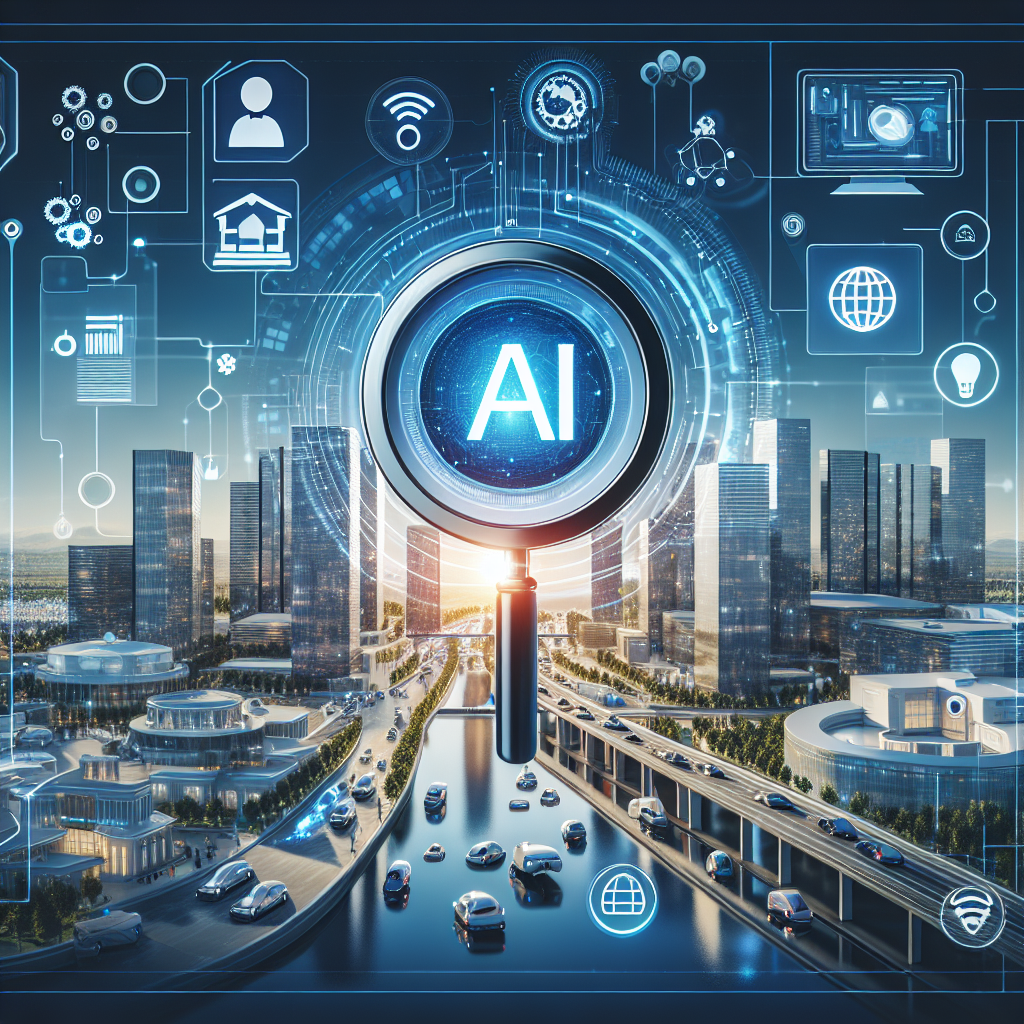The Future of AI in Public Administration
Introduction
Artificial Intelligence (AI) is revolutionizing the way governments operate and deliver services to their citizens. From streamlining bureaucratic processes to improving decision-making, AI has the potential to transform public administration in ways that were previously unimaginable. In this article, we will explore the current state of AI in public administration, the challenges and opportunities it presents, and its potential future impact on government operations.
Current State of AI in Public Administration
AI is already being used in various ways in public administration. One of the most common applications is in automating routine tasks such as data entry, document processing, and customer service. AI-powered chatbots, for example, are increasingly being used by government agencies to answer citizen inquiries and provide information about services. This not only saves time and resources but also improves the overall user experience.
AI is also being used to analyze large datasets to identify patterns and trends that can help government agencies make better decisions. For example, AI algorithms can analyze social media data to detect public sentiment about government policies or programs, allowing agencies to adjust their strategies accordingly. AI can also help predict future trends and outcomes, enabling governments to anticipate and respond to challenges more effectively.
Challenges and Opportunities
While the potential benefits of AI in public administration are significant, there are also challenges that need to be addressed. One of the main concerns is the potential for bias in AI algorithms. If not properly designed and tested, AI algorithms can perpetuate existing biases and discrimination, leading to unfair outcomes for certain groups of people. This is especially problematic in the context of public administration, where decisions can have far-reaching consequences for citizens.
Another challenge is the need for transparency and accountability in AI systems. As AI becomes more integrated into government operations, it is important for agencies to be transparent about how AI is being used and ensure that decisions made by AI systems are explainable and auditable. This is crucial for maintaining public trust in government institutions and ensuring that AI is used ethically and responsibly.
Despite these challenges, AI also presents numerous opportunities for improving public administration. By automating routine tasks, AI can free up human resources to focus on more complex and strategic activities. AI can also help governments deliver services more efficiently and effectively, leading to better outcomes for citizens. For example, AI-powered predictive analytics can help agencies identify at-risk populations and target interventions to prevent negative outcomes.
Future Impact of AI in Public Administration
The future of AI in public administration is likely to be shaped by advances in technology, changes in government priorities, and evolving public expectations. As AI becomes more sophisticated and capable, its potential applications in public administration will continue to expand. Here are some key areas where AI is expected to have a significant impact in the future:
1. Predictive Analytics: AI-powered predictive analytics will play a crucial role in helping governments anticipate and address emerging challenges. By analyzing data from various sources, AI algorithms can help governments identify trends and patterns that can inform policy decisions and resource allocation.
2. Personalized Services: AI can help governments deliver more personalized services to citizens by analyzing individual preferences and needs. For example, AI-powered recommendation engines can suggest relevant services and programs based on a citizen’s specific circumstances.
3. Decision Support: AI can assist government officials in making more informed decisions by providing real-time data and analysis. For example, AI algorithms can analyze budget data to identify inefficiencies and recommend cost-saving measures.
4. Fraud Detection: AI can help governments detect and prevent fraud by analyzing patterns in financial transactions and identifying suspicious activities. This can help agencies save money and protect taxpayer funds.
5. Citizen Engagement: AI-powered chatbots and virtual assistants can improve citizen engagement by providing instant access to information and services. By automating routine inquiries, government agencies can free up human resources to focus on more complex tasks.
FAQs
Q: Will AI replace human workers in public administration?
A: While AI has the potential to automate routine tasks, it is unlikely to replace human workers entirely. Instead, AI is more likely to complement human workers by freeing up their time to focus on more complex and strategic activities.
Q: How can governments ensure that AI is used ethically and responsibly?
A: Governments can ensure that AI is used ethically and responsibly by implementing clear guidelines and standards for the development and deployment of AI systems. This includes ensuring transparency, accountability, and fairness in AI algorithms and decision-making processes.
Q: What are some potential risks of using AI in public administration?
A: Some potential risks of using AI in public administration include bias in AI algorithms, lack of transparency and accountability, and potential job displacement. It is important for governments to address these risks proactively and implement safeguards to mitigate them.
Conclusion
The future of AI in public administration is bright, with the potential to revolutionize government operations and improve services for citizens. While there are challenges that need to be addressed, the opportunities presented by AI are significant and will continue to grow as technology advances. By harnessing the power of AI responsibly and ethically, governments can ensure that AI benefits society as a whole and leads to more efficient, effective, and responsive public administration.

